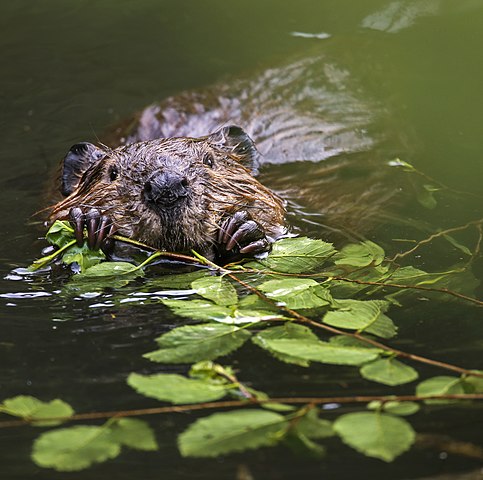
Nature’s Architects
Examining The Engineering Wonders Of The Natural World
From intricate spider webs to towering termite mounds, the animal kingdom is filled with remarkable examples of architectural prowess. Nature’s architects have evolved to create structures that serve various purposes, including shelter, protection, and reproduction. Examining these engineering wonders provides us with insight into their intelligence and adaptability.
Beavers
One of the most well-known examples of animal architecture is the beaver dam. Beavers are skilled engineers that build complex dams using branches, mud and rocks. These dams serve multiple functions, including creating deep ponds for protection against predators and providing a stable environment for the beavers to build their lodges. The construction of these dams alters the landscape, creating wetlands that benefit other species and contribute to overall ecosystem health.
Birds
In the avian world, we see intricate nests crafted by birds, with different species employing various materials and techniques to construct them. The weaverbird, for instance, weaves intricate nests made of grasses and twigs. These nests are often suspended from tree branches and provide a safe haven for the birds to raise their young. The baya weaverbirds of India are particularly skilled in creating complex communal nests, forming a network of chambers for multiple pairs of birds.
Insects
Termites are another remarkable example of nature’s architects. These social insects construct towering mounds that can reach several meters in height. The mounds are built using a combination of soil, saliva, and termite excretions. They serve as ventilation systems, temperature regulators, and protection against predators. The intricate internal structure of termite mounds includes chambers, tunnels, and even fungus gardens, demonstrating the complexity of their engineering abilities.
Spiders, too, showcase their architectural skills through the construction of elaborate webs. Each species of spider has its unique style of web design, tailored to its hunting strategy and environment. The silk threads that spiders produce are incredibly strong and flexible, allowing them to create intricate patterns and traps for capturing prey. Some spiders even build multiple layers of webs with different functions, such as catching insects and providing a safe retreat.
Nature’s Architects Beneath The Waves
Marine organisms, such as coral polyps, contribute to the creation of vast underwater structures. These tiny creatures secrete calcium carbonate, forming intricate skeletons that eventually create coral reefs. Coral reefs are not only breathtakingly beautiful but also serve as vital habitats for countless marine species. They protect coastlines from erosion, provide nurseries for fish, and support the overall health of the marine ecosystem.
Inspiring Humanity
Studying the engineering marvels of animal structures not only deepens our understanding of the natural world but also inspires human innovation. Researchers and engineers often look to nature for inspiration in solving human design challenges. Bio-mimicry, the practice of emulating nature’s designs and processes, has led to innovations in architecture, material science, and even urban planning.
Nature’s architects create awe-inspiring structures that serve various purposes in its citizen’s lives. Whether it’s beaver dams, bird nests, termite mounds, spider webs, or coral reefs, these constructions showcase remarkable engineering skills and contribute to the functioning and diversity of ecosystems. Studying them not only reveals nature’s incredible capabilities but also inspiration for ourselves.